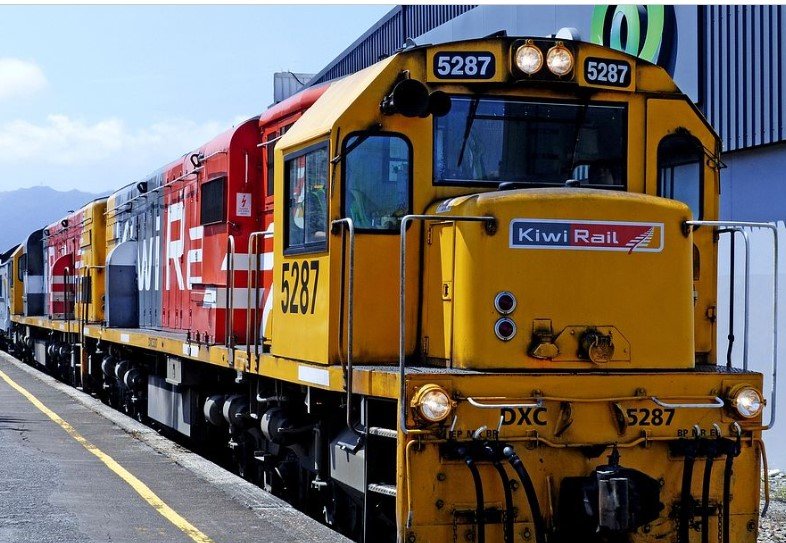The railway freight trade between Georgia and Kazakhstan has reached an all-time high, with a record 2.74 million tons transported in 2024. The announcement from the Georgian government underscores the growing significance of the Middle Corridor, a key transport route linking Europe and Asia.
Middle Corridor Gains Momentum
The surge in freight volume signals increased collaboration between Georgia and Kazakhstan in the logistics sector. The Middle Corridor, an alternative to traditional shipping routes, has been a focal point for investment and policy reforms. As global trade patterns shift, this route has gained prominence as a vital link for cargo movement.
Kazakhstan Railways, one of the country’s largest transportation entities, operates an extensive network with 46,800 freight wagons and 1,700 locomotives. With these resources, Kazakhstan has been a major driver in the corridor’s success, facilitating smooth freight operations across multiple borders.

Agreement to Enhance Container Freight
A trilateral agreement between the railway operators of Kazakhstan, Georgia, and Azerbaijan aims to further develop container freight along the Middle Corridor. The initiative focuses on increasing efficiency, reducing transit times, and ensuring competitive tariffs.
- The agreement includes streamlining customs procedures.
- Efforts are underway to integrate digital tracking systems.
- Tariff harmonization is planned to attract more commercial cargo.
Industry experts believe these measures will boost the corridor’s attractiveness as an alternative to routes passing through Russia or the Suez Canal.
Infrastructure Investments and Policy Reforms
To sustain this momentum, Georgia and Kazakhstan have signed the Middle Corridor Development Roadmap. The agreement sets ambitious targets for upgrading transport infrastructure, implementing digital solutions, and refining tariff structures by 2027.
Georgia has prioritized port and rail modernization to enhance freight capacity, while Kazakhstan continues to expand its rolling stock and logistics hubs. These improvements are expected to solidify the corridor’s position as a reliable trade route for Eurasian markets.
Future Outlook
Analysts see the record freight volume as a sign of broader economic trends favoring transcontinental rail transport. With geopolitical shifts affecting global supply chains, alternative corridors like the Georgia-Kazakhstan route are likely to see continued growth.
Railway officials from both nations remain optimistic about further increases in freight volume. The coming years will test whether ongoing infrastructure projects and tariff reforms can sustain this upward trajectory.
